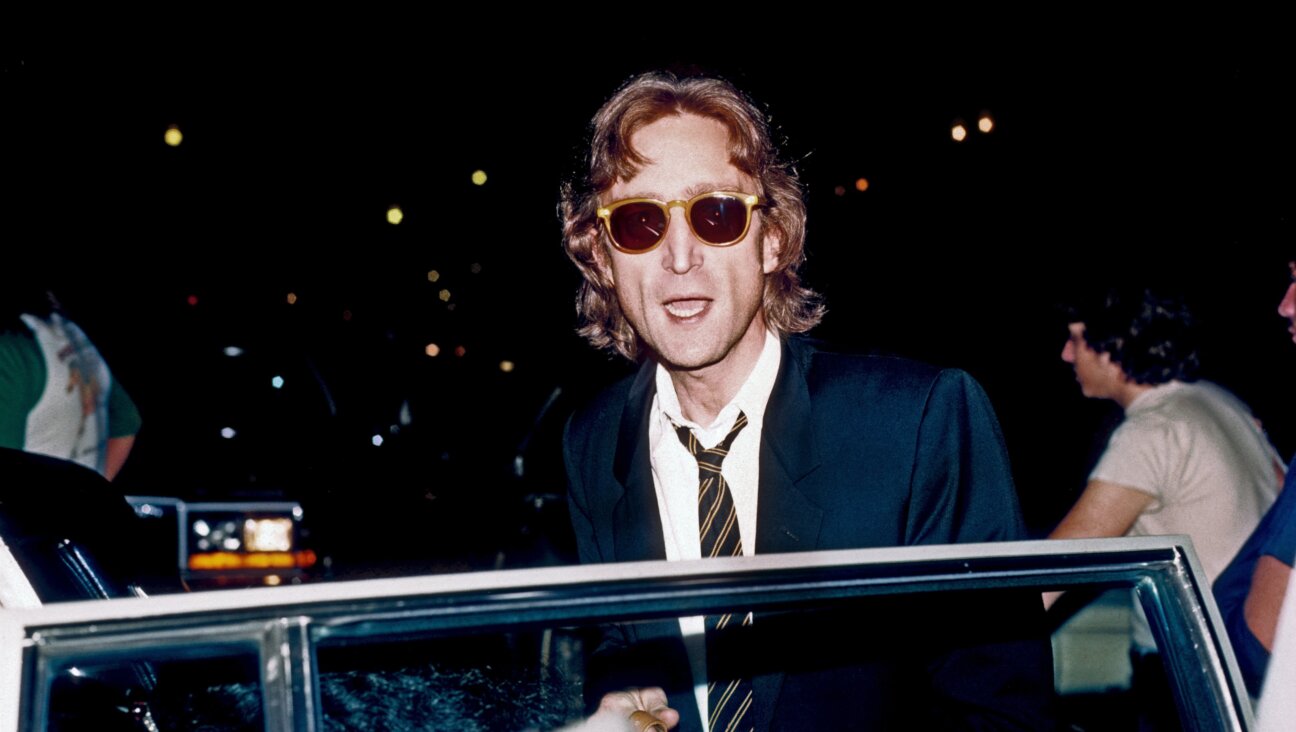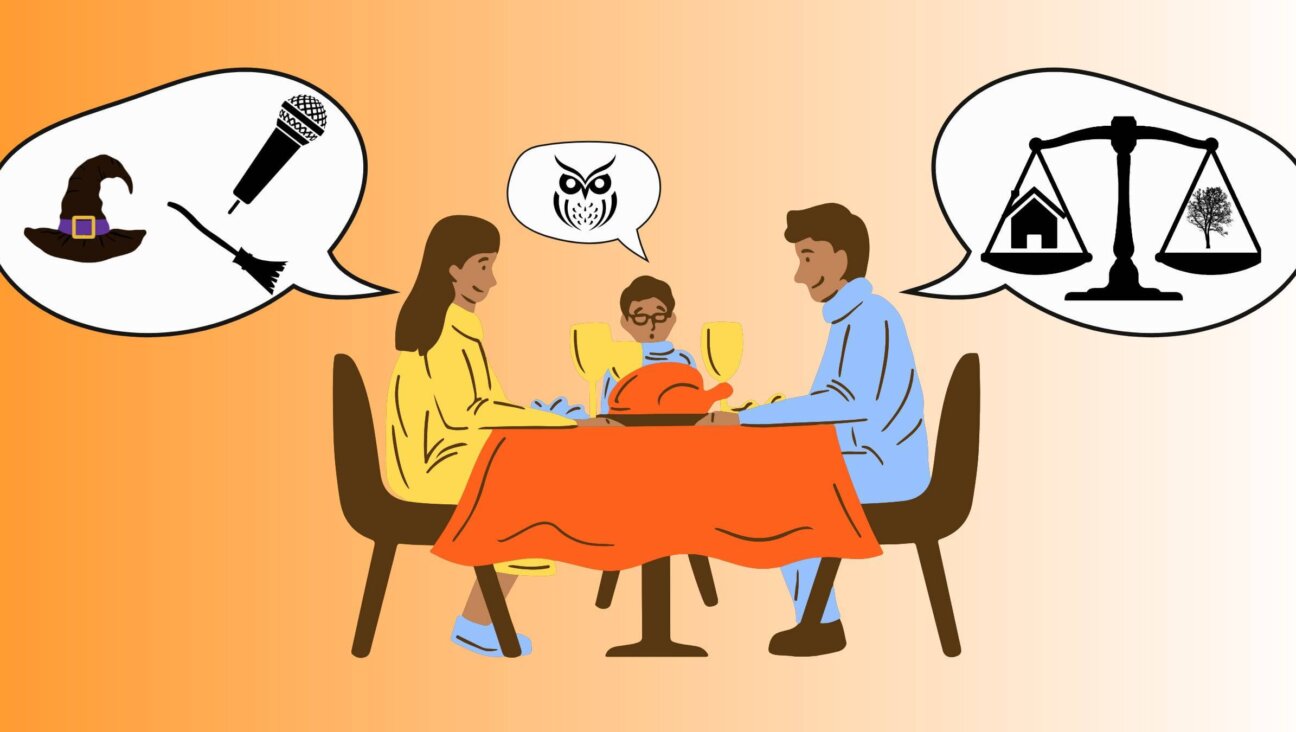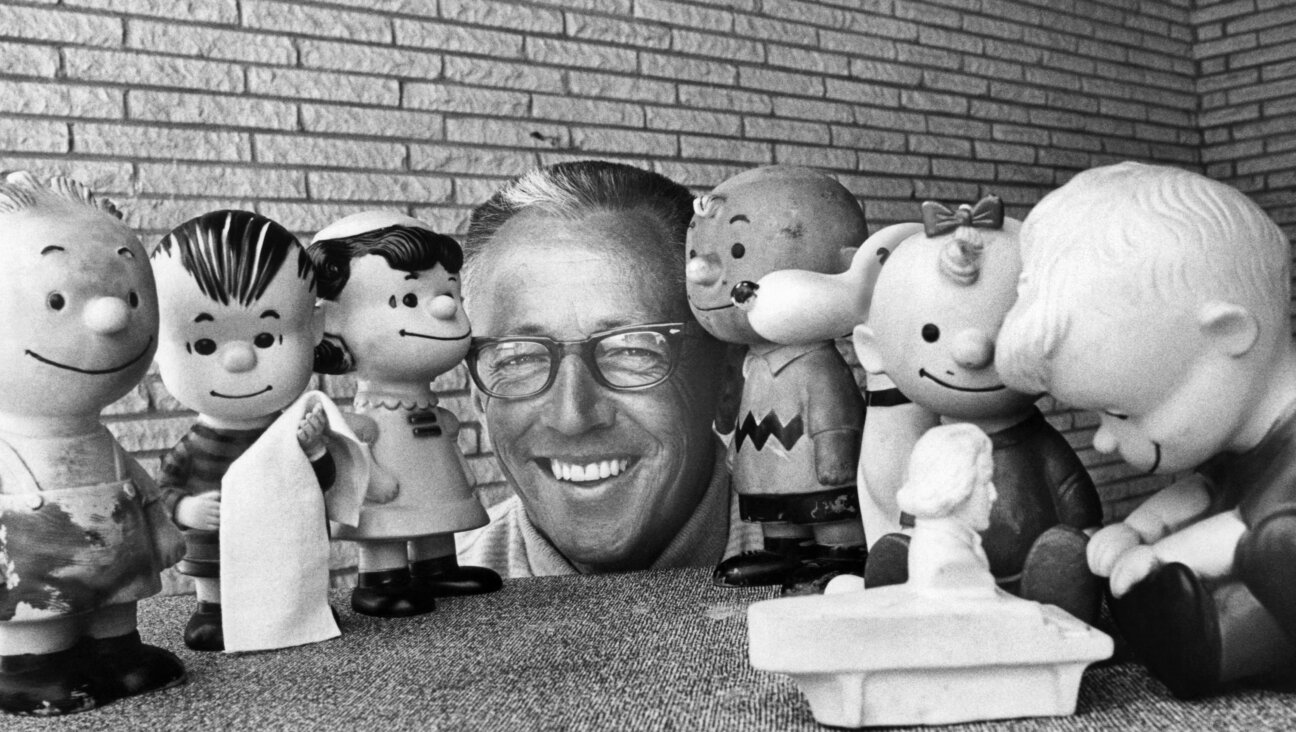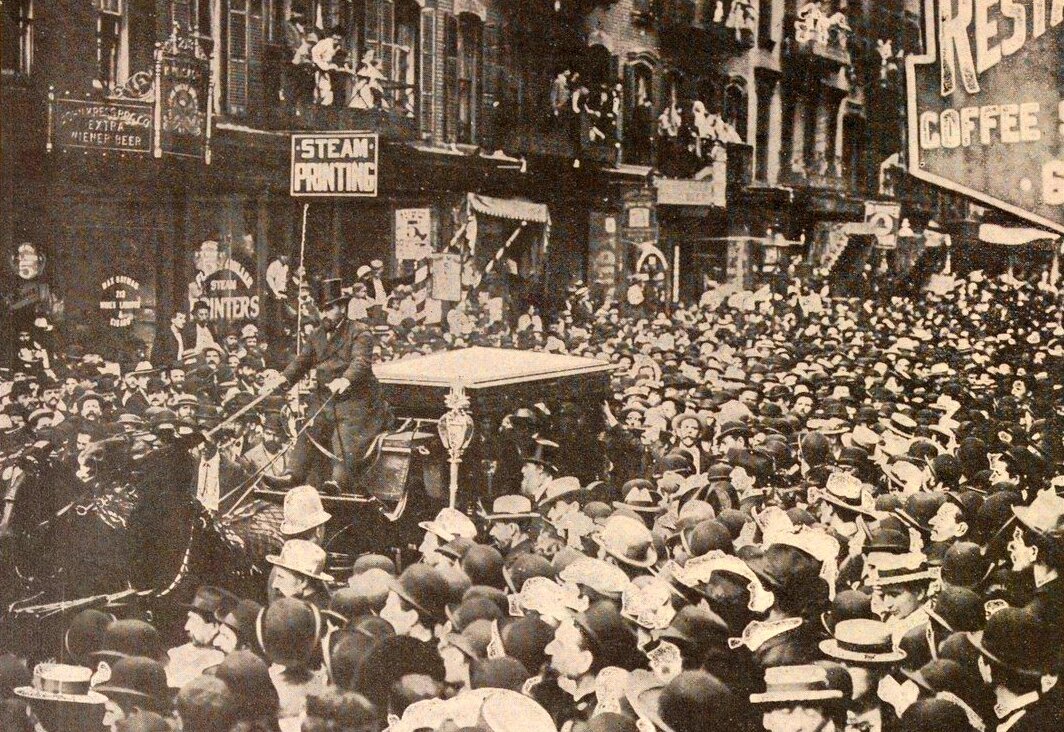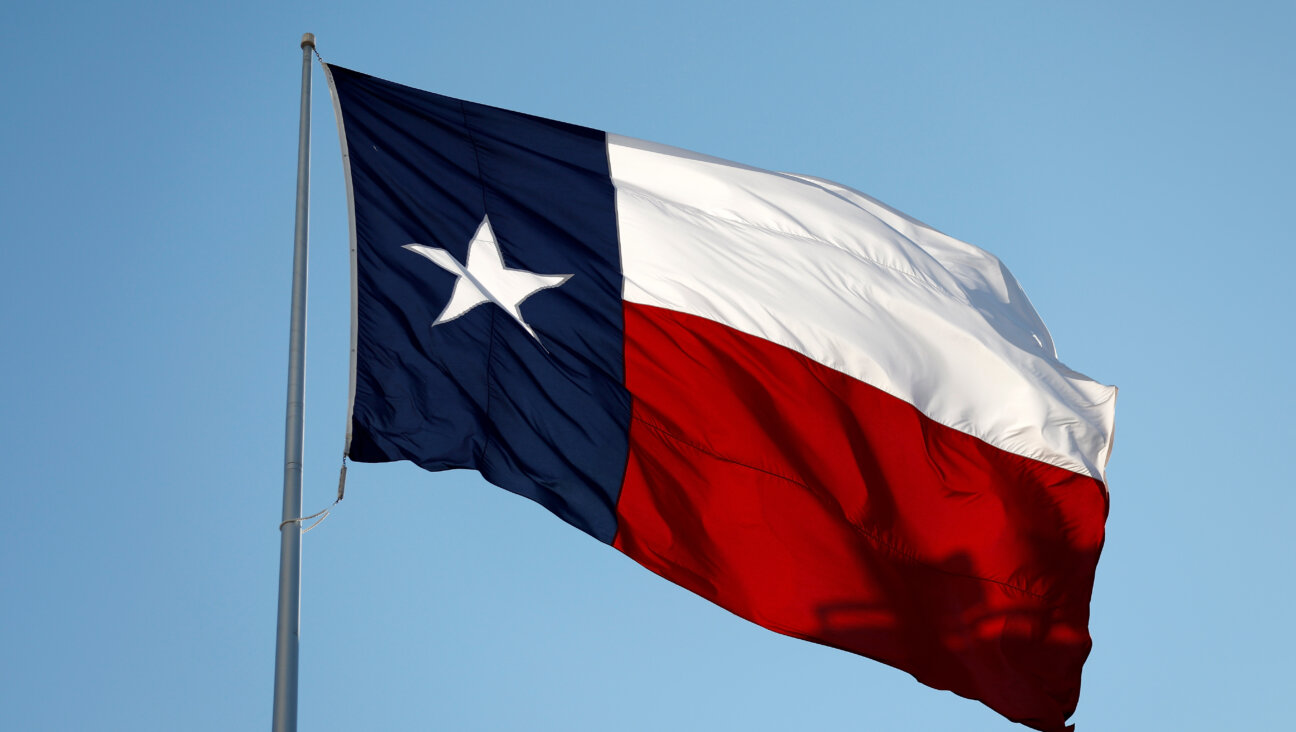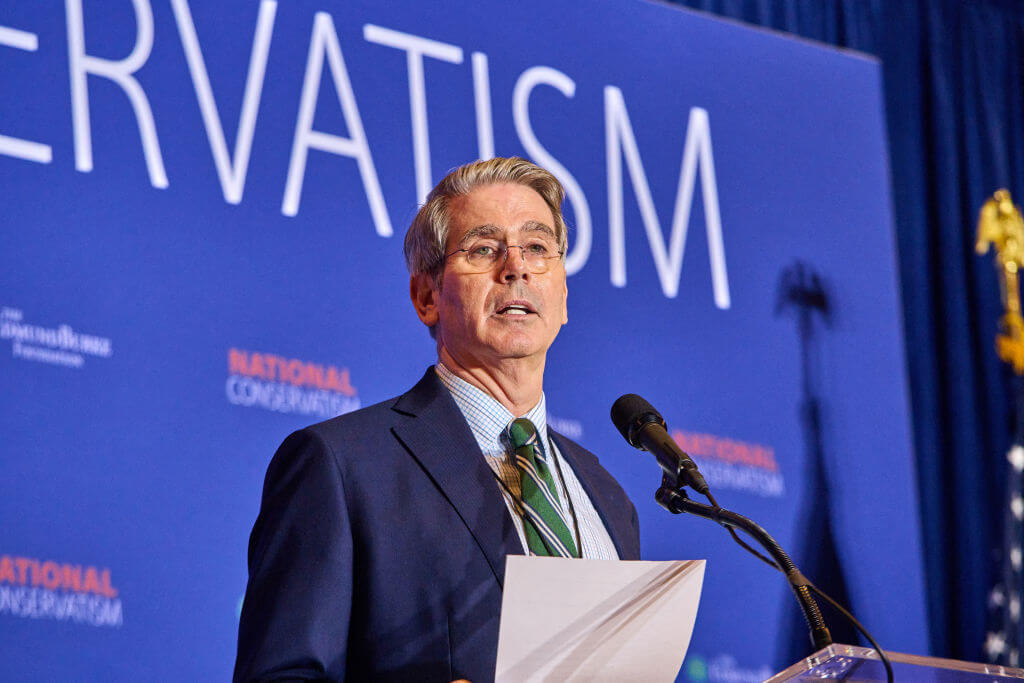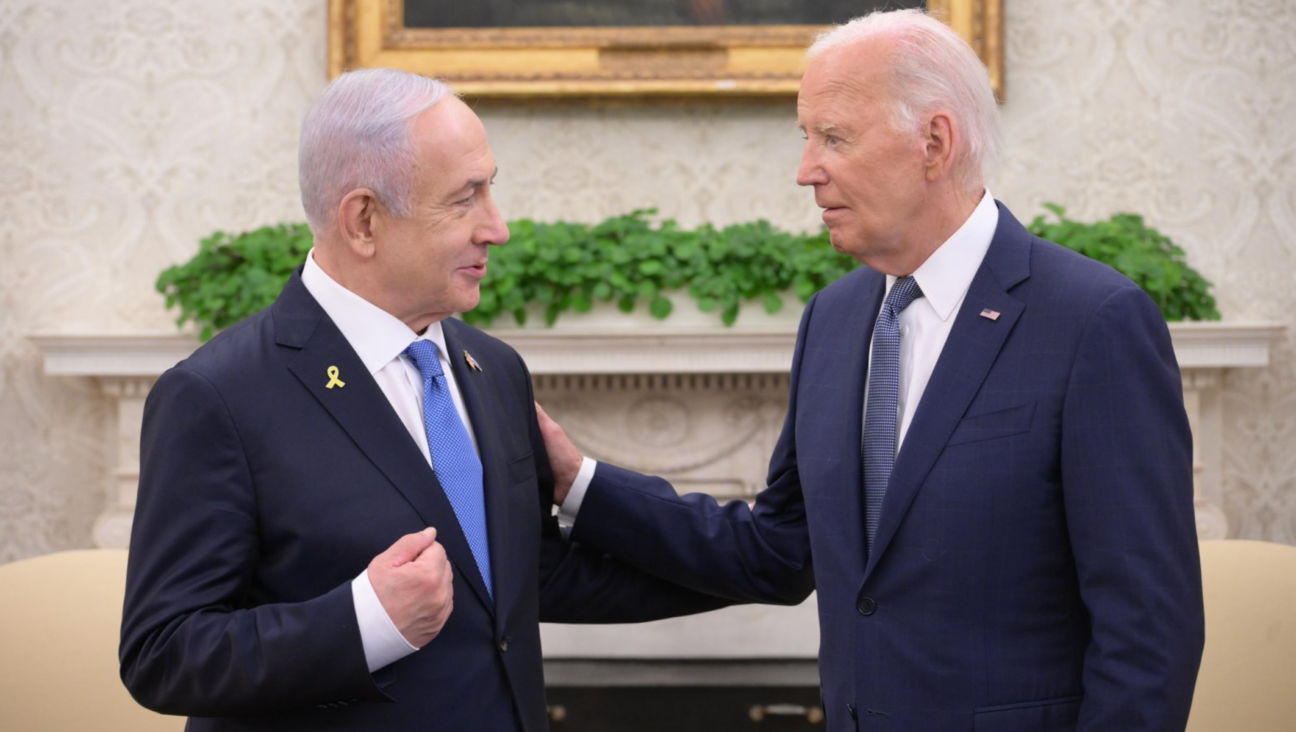Belarusians use Chagall to slam police crackdowns on protesters
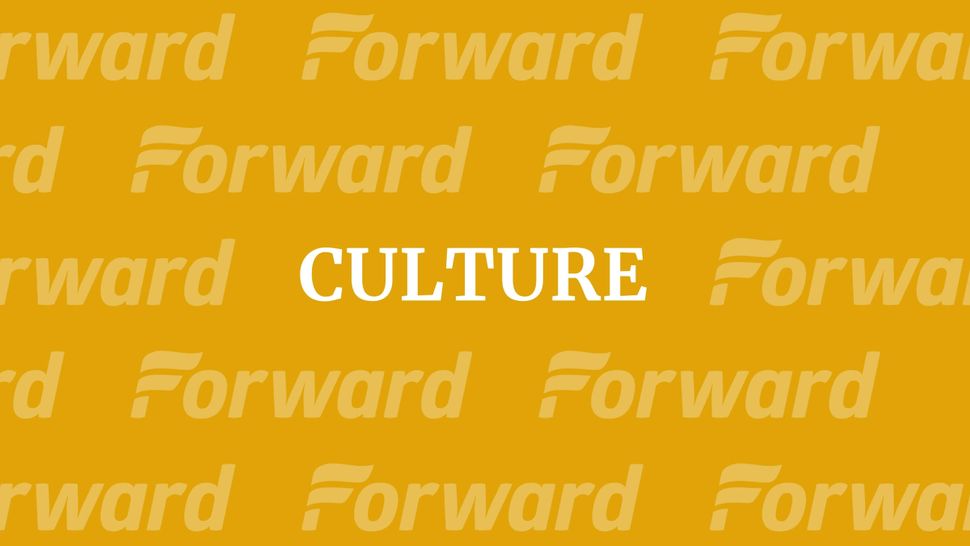
“Over the Town” by Marc Chagall, 1918 Image by Wikiart
Marc Chagall loved his flying figures.
Some have speculated that the recurring image of humble folks floating through the sky and over cityscapes is a riff on his own identification as a luftmentsh, or “airman,” a dreamer with big ideas but no concrete plans to realize them.
But to anchor Chagall to this one meaning defies the airy nature of this self-conception. Though he could be playful, he was serious when the occasion called for it. So, it’s in keeping with Chagall’s spirit that citizens of his native Belarus are repurposing one of his paintings of flying people for a political end.
For over a month, mass protests prompted by a disputed August 9 election have rocked Belarus, with many believing that the country’s authoritarian president Alexander Lukashenko rigged the results. The police have been brutal in their attempts to suppress protesters, deploying tear gas, rubber bullets and stun grenades. Last week, dozens of female protesters in Minsk, who were rallying against the election results and police brutality, were thrown into vans by riot police.
Now, on social media, this grim state of affairs is being dramatized using Chagall’s 1918 painting “Over the Town.” In a viral Photoshopped image, a masked Belarusian policeman replaces Chagall’s rendering of himself holding his wife and muse Bella Rosenfeld in their flight over his hometown of Vitebsk. The meaning of the original — a statement on a couple’s lighter-than-air bliss they felt together — has become a symbol of protest.
Social media in #Belarus is flooded with this interpretation of Chagal’s famous painting “Over the town” which now reflects on brutal arrests of peacefully protesting women. pic.twitter.com/GBrceBoLrc
— Belarus Free Theatre (@BFreeTheatre) September 16, 2020
Bella’s arm, reaching out, is transformed from a gesture of benign repose with her lover to one of helpless resistance in the clutches of a black-uniformed officer. Yet the image is not as serious as the protests. It is, in its way, bathetic: a photo-real man inserted into a Cubist style, clashing so clearly as to suggest a Terry Gilliam cut-out animation.
But there’s something more powerful at play here. The choice of painting is a claim to a common national heritage that has weathered dark times in the country’s history, and will survive this period as well.
While Chagall would move to Paris and then New York, Belarus didn’t forget him, even after Stalinist campaigns attempted to do just that. His childhood home is preserved. His paintings are on stamps. The Soviets spurned him, but his face now adorns a mall in Minsk.
As naturally as Italians dress up Michelangelo’s David, Belarussians think nothing of memefying Chagall. To disrupt his timeless art with an ugly modern image is not merely cheeky or profound. The imposition suggests that something fundamental about the country’s culture or national ethic is now being perverted — and has been since Chagall’s paints dried on the piece over 100 years ago.
Something is going against nature — and it isn’t the human act of flying.
PJ Grisar is the Forward’s culture reporter. He can be reached at [email protected].
A message from our CEO & publisher Rachel Fishman Feddersen

I hope you appreciated this article. Before you go, I’d like to ask you to please support the Forward’s award-winning, nonprofit journalism during this critical time.
We’ve set a goal to raise $260,000 by December 31. That’s an ambitious goal, but one that will give us the resources we need to invest in the high quality news, opinion, analysis and cultural coverage that isn’t available anywhere else.
If you feel inspired to make an impact, now is the time to give something back. Join us as a member at your most generous level.
— Rachel Fishman Feddersen, Publisher and CEO








